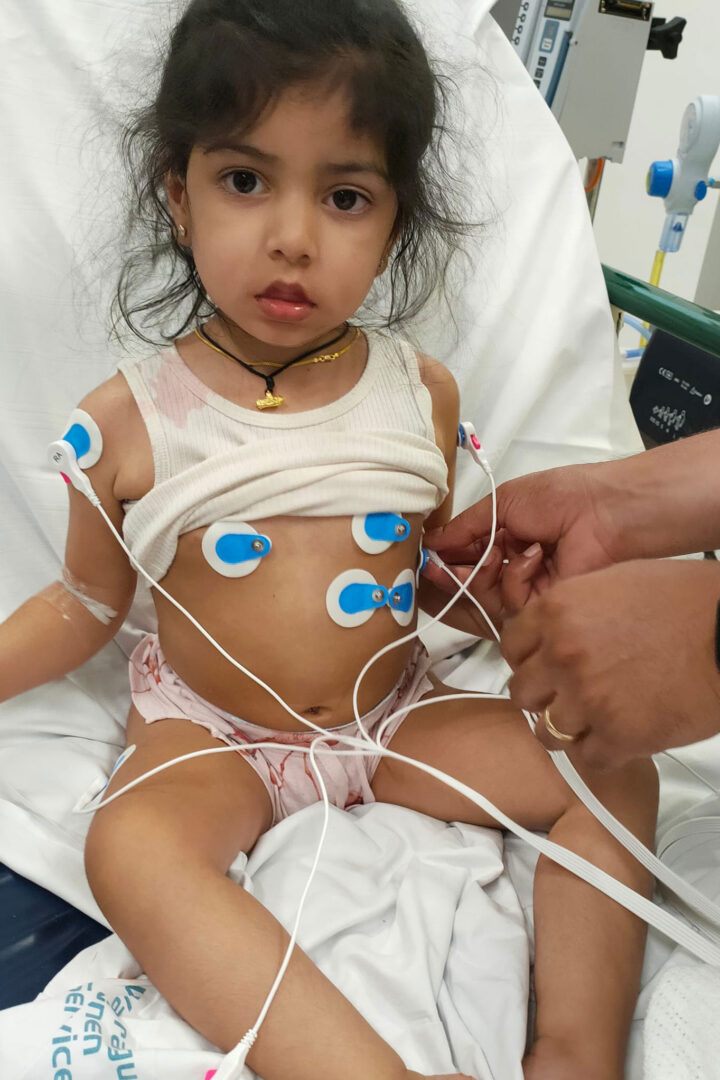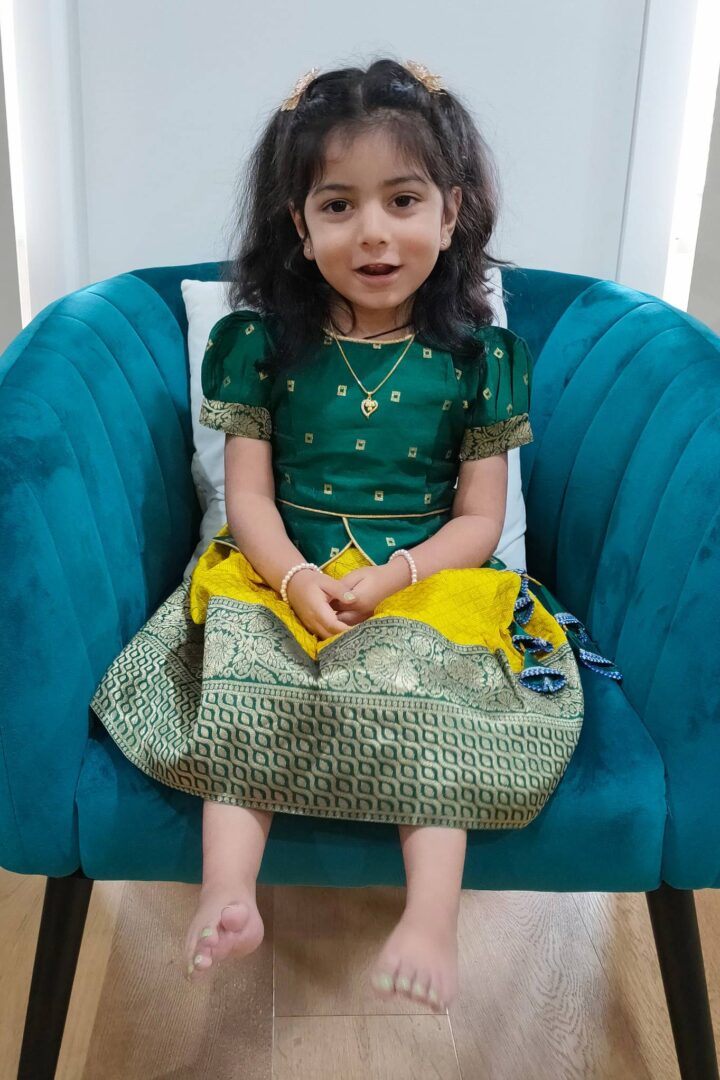
19 Oct Biobank aims to discover new treatments for children with genetic muscle diseases
An Australian first biobank will be established to improve and discover new treatments for children with genetic muscle diseases. The National Muscle Disease Bio-databank, co-led by Murdoch Children’s Research Institute, Monash University, and Alfred Health, will advance research into understanding why children develop genetic muscle diseases. The project forms part of a $2.5 million Medical Research Future Fund grant awarded to the team for research into congenital muscle diseases.
These diseases, spanning dystrophies and myopathies, are characterised by severe muscle weakness, usually from infancy, that can impact swallowing and breathing and lead to eye problems and learning difficulties. About 30 people a year are diagnosed with a congenital muscular disease in Australia, of which half will have a genetic basis identified.
Murdoch Children’s Dr Peter Houweling said there was an unmet need for affordable treatments that could be fast-tracked into clinical trials.
Monash University’s Professor Peter Currie said genetic muscle disorders have one of the highest disease burdens, greater than that of cancer and multiple sclerosis and greater per case than any other disease.

For Bindushree Pathre, this project is a beacon of hope. Her daughter, Ivani, was diagnosed with congenital muscular dystrophy at four months of age. She recalls the heart-wrenching moment when Ivani’s health began to deteriorate as a newborn, “As a newborn, she started to lose weight, couldn’t suck, and was very lethargic,” Bindushree said. “We were shattered when genetic testing confirmed the muscular dystrophy diagnosis. We have no idea how long her life expectancy will be, so we have to take one day at a time and cherish every moment.”

Ivani’s weak muscles and compromised immune system mean her family must be vigilant, avoiding situations where she could pick up respiratory infections. They haven’t travelled back to India to see family since Ivani was born because they don’t want to risk any health issues. Ivani is immobile and will eventually need a wheelchair. She doesn’t have the strength to feed herself or even open the cap off a pen. But despite her challenges, she tries her best to be independent.
Bindushree added, “Muscular dystrophy is poorly understood, and there isn’t enough awareness. This biobank gives me hope for my daughter and, if not, hopefully, for another family in the future. I wish one day that no other parent has to hear their child has muscular dystrophy and watch as their condition worsens as they age with no treatment available. It’s heartbreaking, and no parent should have to endure that pain.”
Her words emphasise the urgent need for the National Muscle Disease Bio-databank and the potential it holds to transform the lives of children like Ivani and their families, offering the promise of better treatments, a deeper understanding of these diseases, and, ultimately, hope for a brighter future.
Main Image: Four-year-old Ivani has congenital muscular dystrophy. Pictured with Dad, Chandas Pathre, her mum, Bindushree and her little sister, Ishira.
A national, multidisciplinary network including paediatric neurologists, pathologists, scientists and patient advocacy groups has been assembled for the biobank project. Key collaborators include the Australian Neuromuscular Disease Registry, the Women’s and Children’s Hospital in Adelaide, Monash Health, the University of Melbourne, The Royal Children’s Hospital, Children’s Health Queensland, Sydney Children’s Hospitals Network, The Harry Perkins Institute in Western Australia, Muscular Dystrophy Australia and the Fred Liuzzi Foundation.

